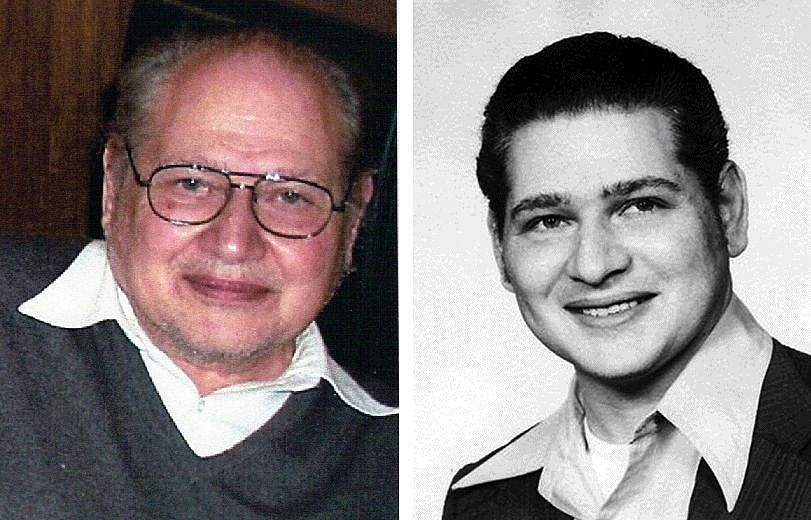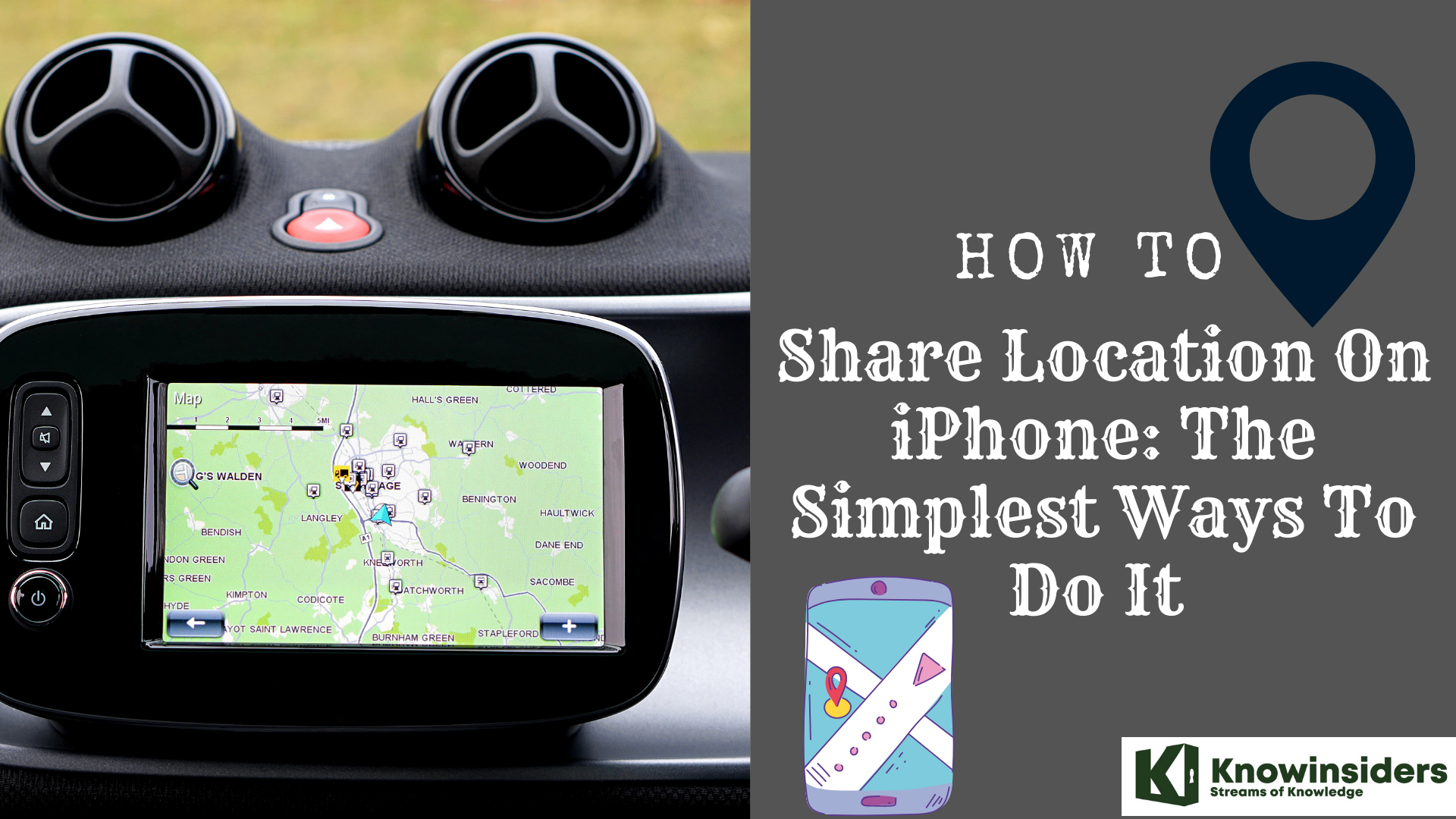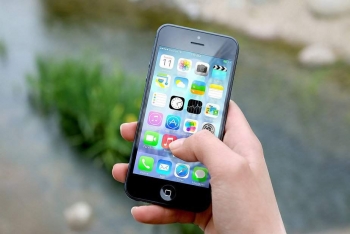Who is Ron Wayne - The Unknown Founder of Apple
| Table of Content |
Who is Founder of Apple?
Apple was the company that produced the first affordable personal computer, ahead of Microsoft, IBM, and Hewlett-Packard. However, a user manual written by Ron Wayne in 1976 was required in order for people to be able to use the computer.
Who's Ron? Ron, also known as Ronald Gerald Wayne.
On April 1, 1976, the eponymous and renowned man who sat between Steve Jobs and Steve Wozniak became a co-founder of Apple. Additionally, Apple released the Apple I, their first home computer, on this day.
There is a founding myth for every high-value company, but Apple's is unique. The business might not have succeeded without Wayne, but destiny had neither a little notoriety nor a portion of the wealth in store for the Ohioan from Cleveland. Because Wayne sold Jobs and Wozniak his Apple shares back on April 12, 1976, eleven days after the company was founded, for a pitiful $8,000.
Ron Wayne Impact on Apple
Before they founded Apple, Jobs, Wozniak, and Wayne knew each other fairly well. Although they were coworkers at the financially successful Atari video game company at the time, they quickly sensed a call to greater things. They established the groundwork for Apple in Jobs' garage.
Wayne eventually contributed to Apple in a number of ways. The initial logo of the company was created by him, which featured a woodcut-style picture of Sir Isaac Newton sitting under a tree with a single apple hanging over his head. Wayne also drafted Apple's first contract, which outlined the responsibilities of the company's three co-founders. Electrical engineering would be overseen by Wozniak. Jobs would handle marketing, while Wayne would handle documentation and mechanical engineering.
However, shortly after the Apple establishment, Wayne departed due to feelings of overwhelm.
"Do I want to be wealthy? I couldn't keep up with the pace, but everyone wants to be wealthy. I'd be wealthy, but I would also be the wealthiest person buried there. Ron Wayne once said these things following his departure.
Wayne was unwilling to return to Apple, despite Jobs's desperate attempts to persuade him. He began a stamp business, worked for Lawrence Livermore National Laboratory, and eventually an electronics store after leaving Atari in 1978. In exchange for not pursuing legal action against Apple, he received an additional $1,500 in 1977 from Wozniak and Jobs. As a result, the company with the bitten apple would go on to become a global brand even in the absence of Ron Wayne.
 |
| Ron Wayne today and when he co-founded Apple in 1976. Photo: Ron Wayne. |
How Wayne Lost Billions of Dollars
The explanations Wayne gave for leaving Apple are undoubtedly very strong. Rich and dead is not preferable to being poor and living. By the way, we're not talking about a few thousand or a few million dollars. We are discussing billions here. Wayne sold his Apple shares for $800, and six years later, they would have been worth $1.5 billion; by the time Steve Jobs passed away in 2011, they might have been worth as much as $30 billion.
At any rate, Ron Wayne sold the documents for a few thousand dollars in 1994, so it's possible that he still had copies of Apple's original founding agreements from 1976. Wade Saabi, the proprietor of an IT-focused recruitment agency, was the buyer. Saabi then had the documents put up for auction by Sotheby's in 2011, bringing in a grand total of $1.6 million.
Ron Wayne: No regrets for Apple’s third co-founder
Wayne deserves all the praise for never expressing remorse for his choice. In December 1980, Jobs and Woz became instant millionaires when Apple went public. Wayne didn't have as much financial success, but he continued living his life without grumbling.
Wayne explained, "The reason I didn't is very simple." "In addition to everything else going on, should I make myself sick over the whole thing? That was nonsensical. Simply get back up and carry on. I didn't want to spend my tomorrows lamenting over my past. Does this imply that I lack emotion and am not in pain? Naturally not. However, I deal with it by moving on to the next task. All we can do is that, according to Cult of Mac.
Years later, Wayne received an invitation from Jobs to a San Francisco presentation showcasing some new Macs, following his return to Apple and his efforts to turn the company around. Wayne was escorted to the airport by Jobs's chauffeur after receiving first-class airline tickets. Wayne was accommodated by Apple in an opulent room at the Mark Hopkins Hotel.
Following the conference, Jobs, Wozniak, and Wayne enjoyed a leisurely lunch in Apple's cafeteria, catching up on old memories.
Why Apple was named Apple?Though the name Apple had an innocent enough origin, it would cause Apple problems later on because it was uncomfortably similar to the publisher of the Beatles, Apple Corps. In a December 1984 interview with Byte magazine, Woz gave credit to Jobs for the concept. "He was occasionally working in the Oregonian orchards. I reasoned that it could be because it's a fructarian environment, or that there were apples in the orchard. Perhaps the word just came to him by chance. In any event, after Apple was brought up, we both attempted to think of better names, but neither of us was able to come up with anything better." According to Steve Jobs' biography, he came up with the name after coming back from an apple farm. The name seemed "fun, spirited, and not intimidating," he reportedly thought. The name probably benefited from starting with an A as well, since it would appear closer to the top of any listings. |
 How To Share Location on iPhone - iMessage, Google Maps and Apple Maps How To Share Location on iPhone - iMessage, Google Maps and Apple Maps GPS is one of the most important parts of the iPhone, and its various functions will be greatly needed in many situations. |
 Simple Tips to Make a Picture on Your iPhone an Apple Watch Face Simple Tips to Make a Picture on Your iPhone an Apple Watch Face One of the coolest things about the Apple Watch is that you can pick from a variety of faces. Right below is a super-easy way ... |
 Amazing Facts About Apple Amazing Facts About Apple Are you interested in amazing fun facts about one of the most well-known companies worldwide - Apple and its products: the iPhone, the iPad and ... |


























